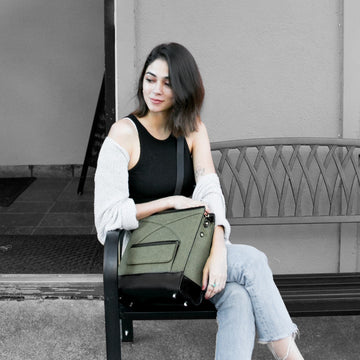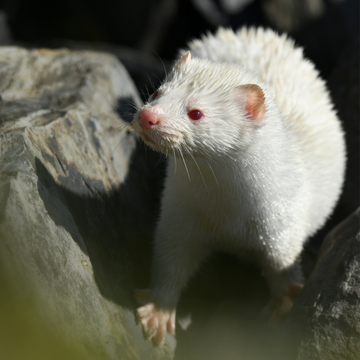Let's think about your favorite purse or handbag. What is it made of? For many, the answer is likely leather. Besides bags, we also use shoes, backpacks and wallets and many of these are made out of leather. Unfortunately, from exploitative factory farming situations to upsetting deforestation, it's not a puzzle that leather does not hold the best reputation regarding the climate. That's why the vegan leather exploded in the market to serve as a pragmatic yet conscious counterpart to its traditional animal-based leather.

As we came across the concept of "vegan leather", we thought to ourselves that it had to be true. This eco-friendly leather alternative could actually allow us to wear fashionable handbags and jackets free of any eco-guilt. But that wasn't 99 per cent true.
When it comes to sustainability in the fashion industry, many people started to ask if vegan leather is good to use? You are right, vegan leather also has its own pitfalls. However, leather, particularly, has a controversial past. The traditional leather industry has been highly contested in the fashion world over the years, as leather is mainly made from cattle hides and has also been responsible for the deforestation in South America, a significant cause of climate change and biodiversity loss.
Animal furs, feathers, and leather have become increasingly taboo, spurring industry experts to search for ethical and sustainable alternatives to continue producing timeless fashion staples.
Also Read: Guide to Greenwashing and How to Spot It
As the market for cruelty-free fashion alternatives grows, vegan leather has been making its way onto the radars of fashion lovers and experts all around.
Many people prefer vegan leather rather than natural animal leather, but do we actually know if the vegan is genuinely sustainable vegan or not? Its name arrives from the point that it has no animal root. However, we should look into more details for its sustainability, such as animal welfare, water usage, greenhouse gas emissions or waste usage.
Finding vegan handbags is more leisurely than ever now that cruelty-free fashion is becoming a trend. Leather alternatives have lived for decades, but their increasingly widespread availability has officially made fraying animals ancient.
What exactly is vegan leather?
Vegan leather is a material that imitates leather but is formed from plant or artificial products rather than the skin of animals.
In simple phrases, vegan leather is a practical alternative to standard leather and can be categorized into two categories. It is most frequently-driven up from,

- polyurethane (PU) and
- polyvinyl chloride (PVC) – t
Any leather that is made without the use of any animal products/coating is called vegan leather. Vegan leather also has its own varieties. Some are made from polyurethane (PU leather) while some are made from cactus, pineapple, and other plants.
And PVC is a kind of suede leather assembled by replacing the chloride group in the hydrogen group with the vinyl group. They are most typically used to their wrinkled texture, which helps to give the effect of genuine leather, according to PETA.
Vegan leather can be made from synthetic, natural or recycled materials. for example, vegan leather can be made from pineapple leaves, cork, apple peels and recycled plastic.
Whether vegan leather can actually be considered "sustainable" depends on how it is made. For instance, vegan leather - made from synthetic materials - may not harm animals, however, it takes years to degrade the plastic-based leather alternatives, which is harmful to our environment.
Not many people support vegan fashion and vegan lifestyle due to multiple reasons related to the ecosystem/environment and animal welfare. However, that does not mean that you should throw your pre-owned authentic leather bags or leather fur jackets, but you should educate yourself and assure you do not buy such products next time.
Nevertheless, you should not forget that there are now a variety of plant-based choices available and these are increasing in popularity. For example, if vegan leather is made of mushroom caps, then it is considered to be softer and more water repellent than the standard leather.
But at the end of the day, we as consumers must research where our vegan leather comes from and how they're constructed.
Why Select A Vegan Leather Alternative?
Cost
The cost was the most significant driving factor behind the evolution of early vegan leather alternatives. The making of leather – from raising and slaying the animals to staining and tanning the coating to the professional craftsmanship of leather works - is a very long and intense process.
Since it costs a ton to produce, it also costs a ton to purchase, and in the 19th Century (and even now), the designers and the consumers are starving for a cheaper yet effective alternative – a way to accomplish the look without the bulky price tag.
Sustainability
In the last decade or so, we have seen a growing number of people "waking up" and realizing the outcomes of resource exploitation, pollution and climate change in our world. Less concerned with cost, eco-minded people started to demand low-impact alternatives to leather.
Agriculture, including livestock raising – creates the highest carbon footprint. Intensive industrial agriculture is also responsible for such problems as soil degradation, eutrophication and other types of deforestation. This is another reason some people choose to take a rugged pass on genuine leather products and aim for a greener option.
Cruelty-Free
Another recent motivating factor is the peak of vegetarianism and veganism and the endeavor to be animal-free or cruelty-free. The people who follow this type of lifestyle will avoid consuming anything that derives from animals. This can include something as apparent as eating steaks to the more modest things like not using genuine cosmetics dyed with cochineal, an insect-based pigment.
Animal activists, vegetarians and vegans are totally opposed to using animal based products, hence the demand for cruelty-free leather options are on the rise.
In Short:
Going vegan is the new 'go green' initiative. You do not need to harm any animals for your style or appetite. Being vegan is not just a new trend but also a step towards a healthy lifestyle that is cruelty-free. In the end, ask yourself, do we need to take anyone's life for our luxury? Also, shopping from such businesses will encourage them to innovate. Go try to switch to a vegan lifestyle, not just vegan products.
Also Read: Seven Travel Ready Crossbody Bags







